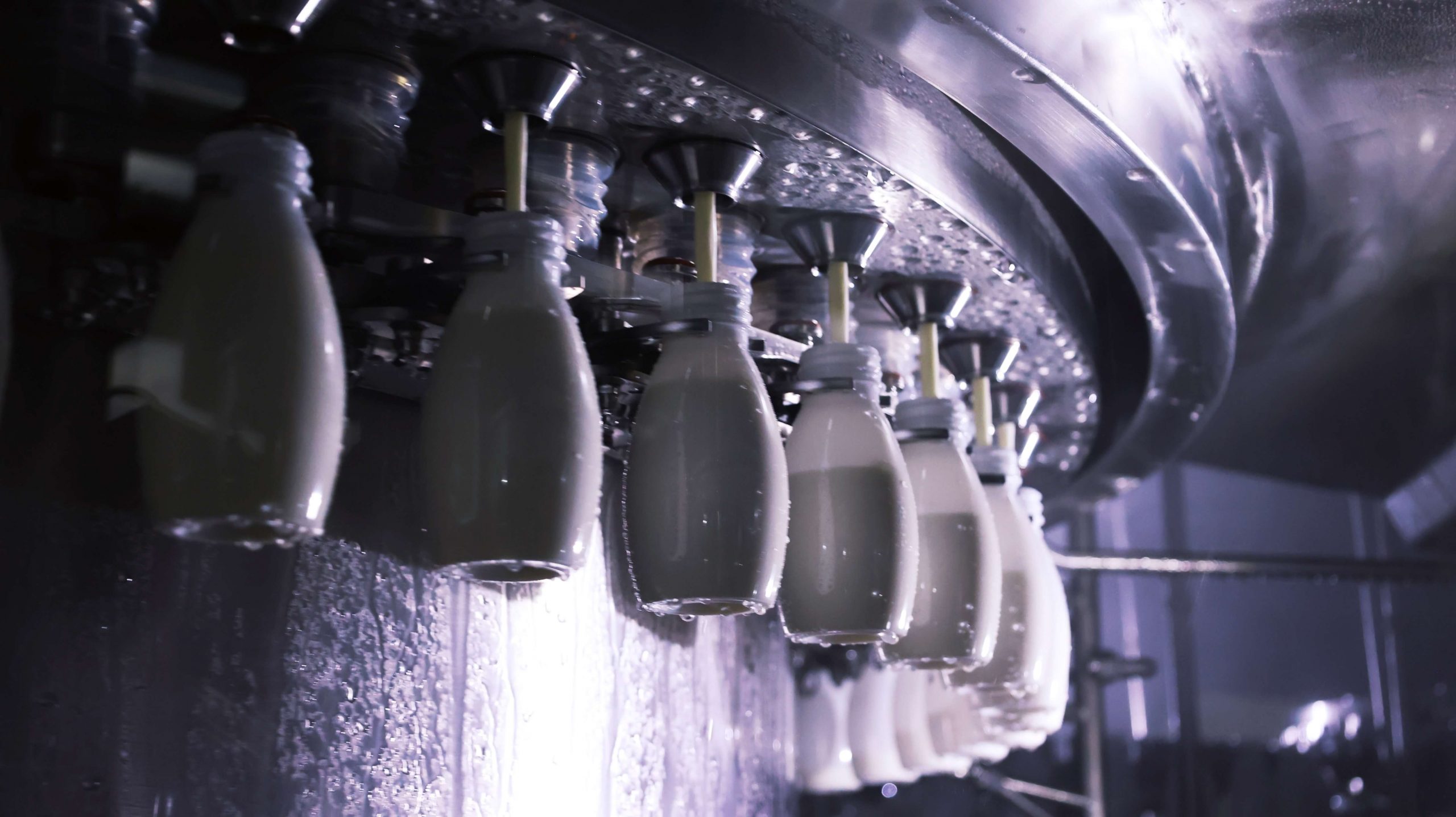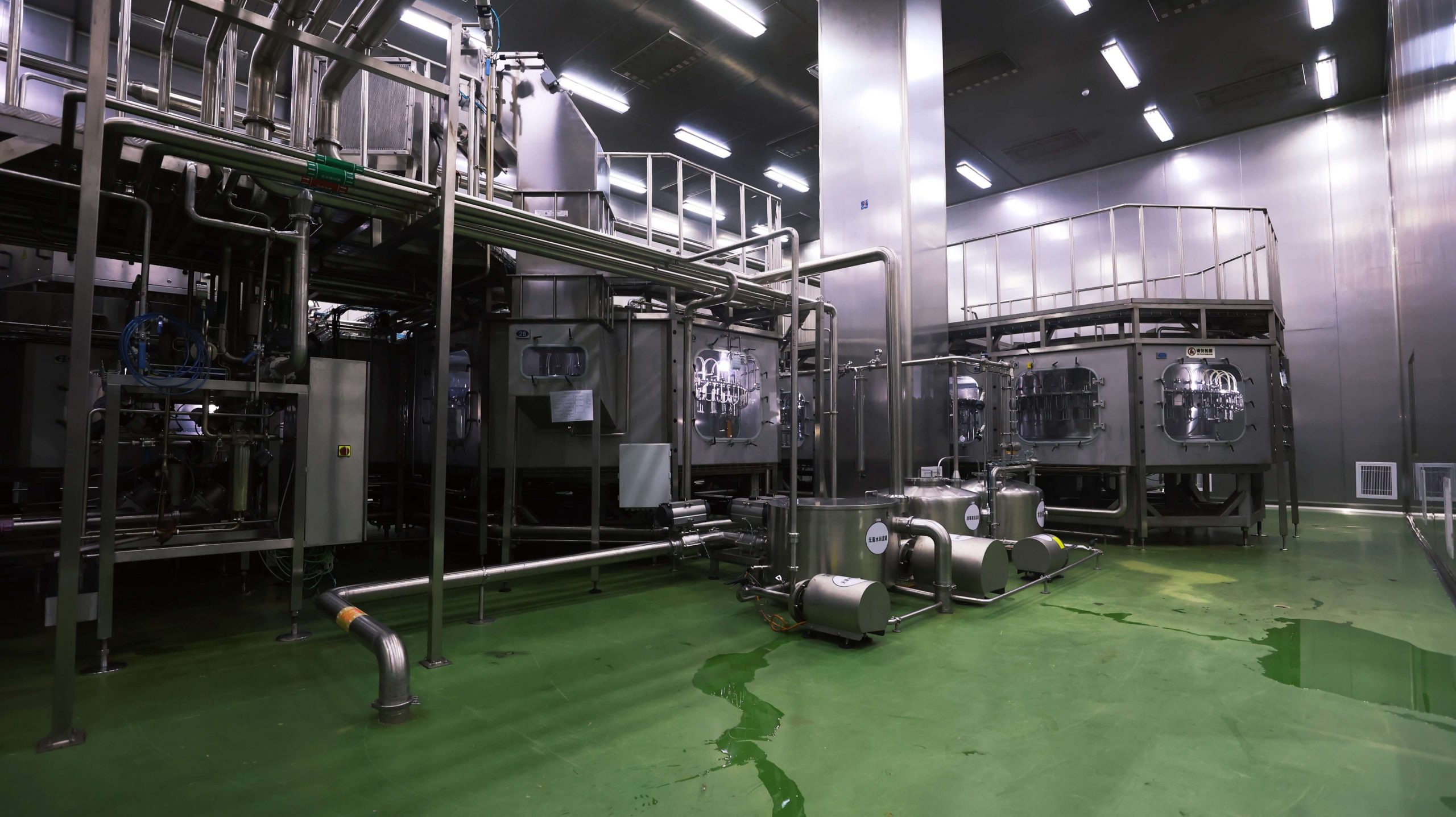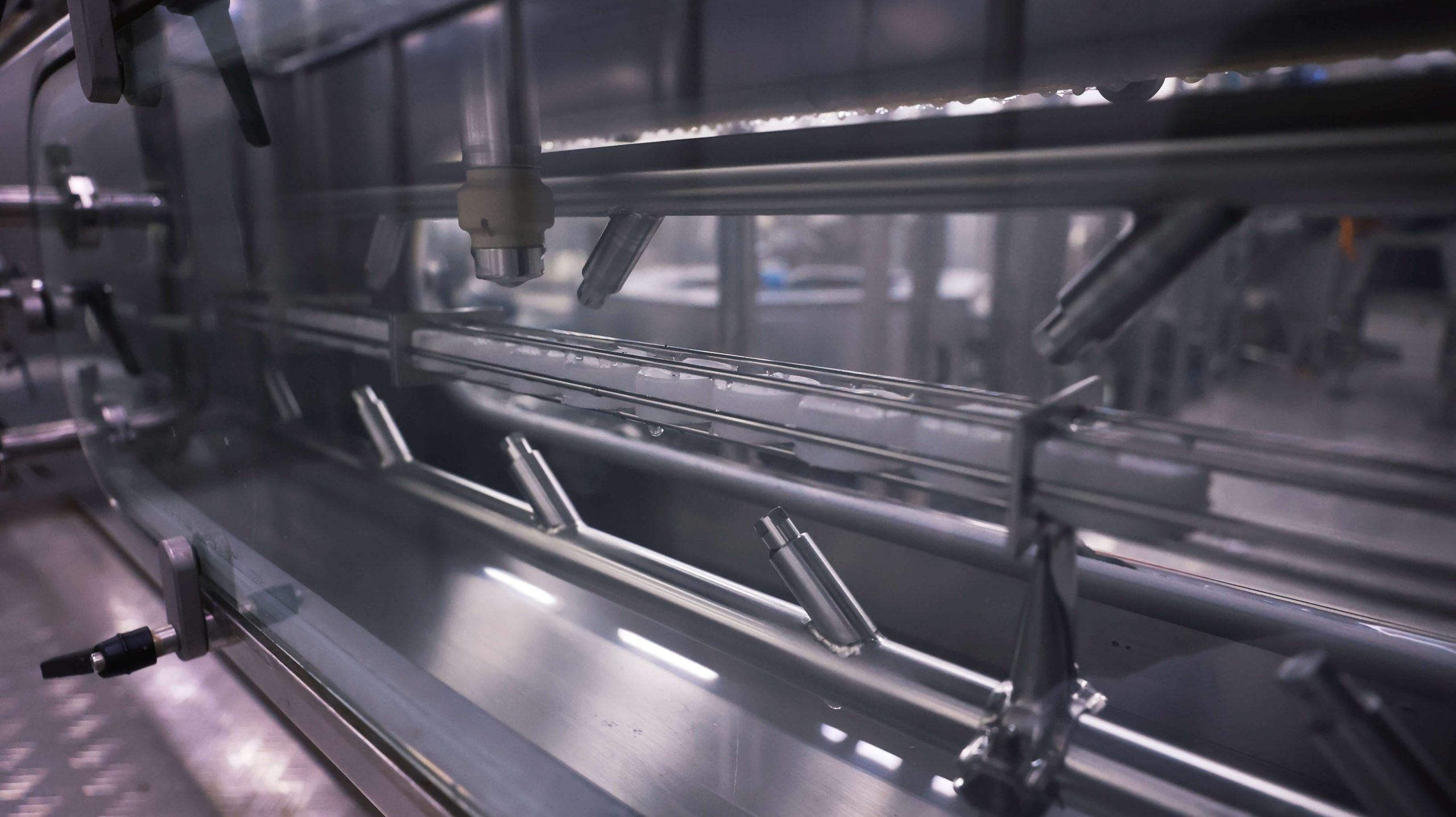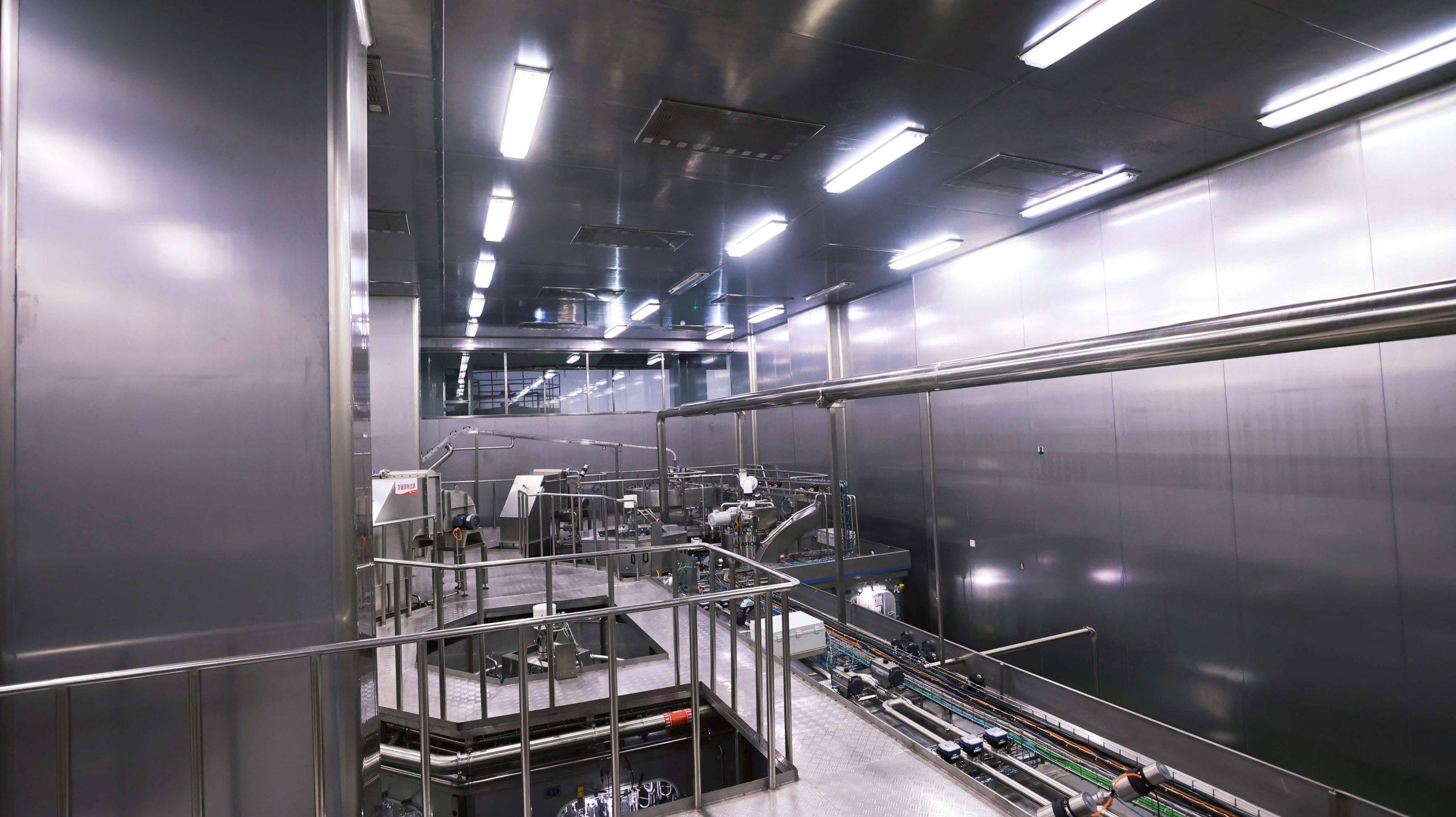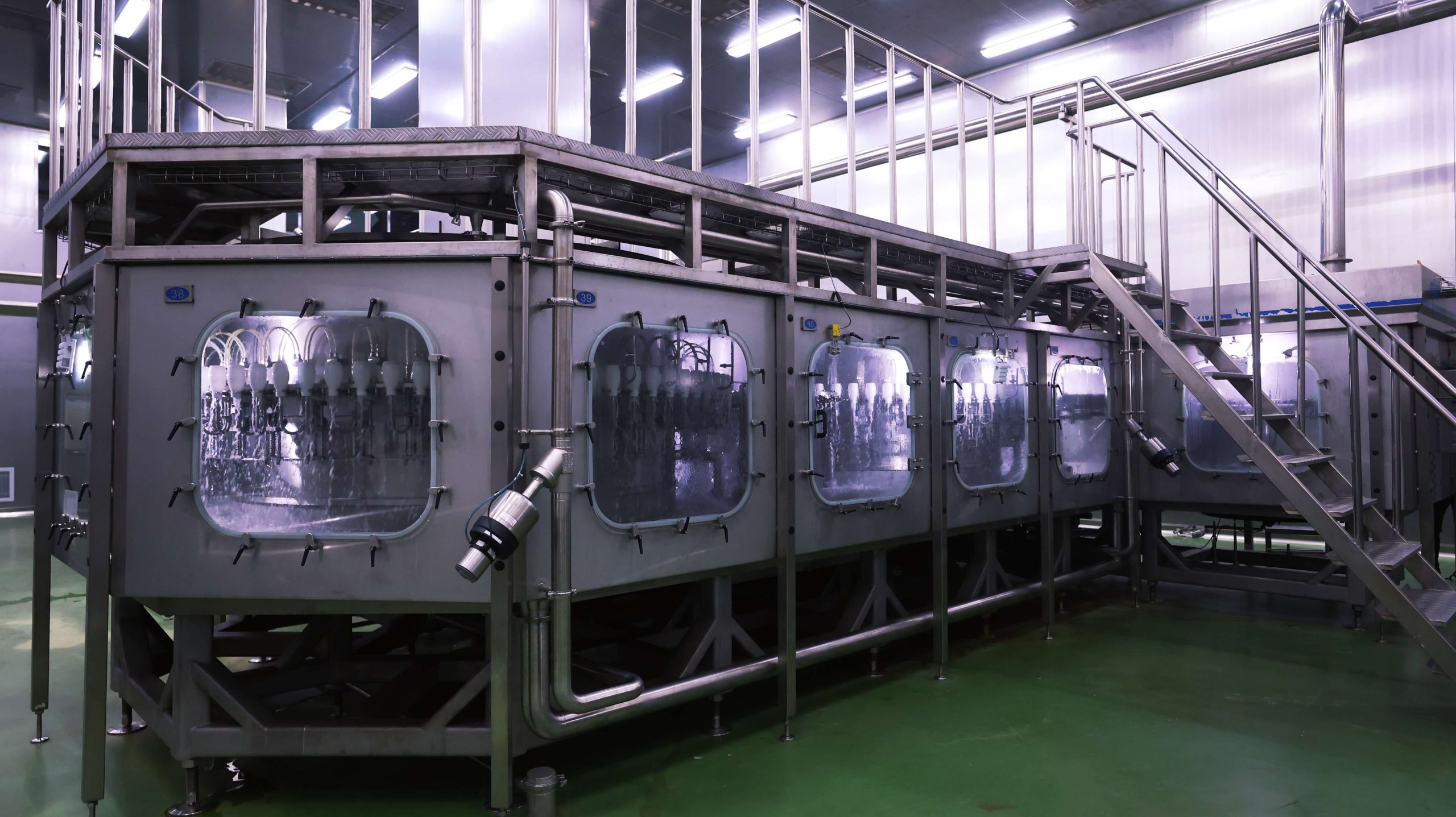In recent years, aseptic technology has become established in the food and beverage sector as a filling technique. Yet some businesses are still unaware of its benefits or do not believe that it can be used with their products./ PHS PACKING, PLS, COMAN
from www.processingmagazine.com
As consumers have become more health-conscious, the demand for food and beverage products without preservatives has increased. However, traditional methods combining sterilization with hot filling have not been suitable for products that are increasingly sold on their “fresh” and “natural” characteristics, due to the effect on product quality./ PHS PACKING, PLS, COMAN
In most cases, hot filling sterilizes the container as the product — which is still hot from cooking or sterilizing — is filled. However, the temperatures required often have unwanted effects on the quality of the product, and the heat imposes restrictions on the type of container that can be used. For example, hot filling of lightweight plastic drinks bottles can lead to distortion of the plastic./ PHS PACKING, PLS, COMAN
Consequently, the cold aseptic filling has become a common technique with beverage manufacturers for products including UHT milk, fruit juices, and sports/energy drinks. Its flexibility means that it is suitable for a wide range of products from fresh fruit dices and purees to marinades and dairy products. This diversity has also seen the development of a wide range of fillers and packaging types, from pouches and lidded trays to bulk bags and intermediate bulk containers (IBCs)./ PHS PACKING, PLS, COMAN
Aseptic filling systems generally combine several elements into a single, integrated production line. This integrated approach helps to ensure microbiological safety throughout the process from initial treatment to the sealing of the finished product. The steps included in an integrated aseptic filling line typically include:
1. Thermal treatment
Although in theory, this can be any thermal treatment that reduces harmful bacteria (pasteurization, sterilization, or cooking), in practice the types of product that are most likely to benefit from aseptic filling are those that are pasteurized or sterilized. This step usually comprises a suitable tubular heat exchanger.
2. Cooling (where necessary)
Depending on the product, the production process, and the packaging used, it may be necessary to cool the product following pasteurization or sterilization. In some situations, such as the production of cooked items like soups and sauces, this step may form the first part of the integrated aseptic line, receiving the hot cooked products from elsewhere in the factory. In such cases, another heat exchanger will be used. If cooling the product is likely to increase its viscosity, then a scraped surface unit may be used.
3. Sterilization of the packaging
Prior to filling, the packaging is normally sterilized using thermal or chemical methods such as peroxyacetic acid or hydrogen peroxide, although in many production environments the packaging is supplied pre-sterilized in aseptic packaging that can be put into the filling line without contamination. However the packaging is sterilized, it is vital that aseptic conditions are maintained between sterilization and sealing, and this is another reason for adopting an integrated aseptic processing solution.
4. Filling and sealing under aseptic conditions
There are numerous systems of aseptic filler on the market, but all try to balance speed, the accuracy of operation, and flexibility of filling (for example, working with different products and containers), while maintaining the microbial integrity of the product and the sterility of the containers — including suitable clean-in-place (CIP) systems before, during and after production.
Depending on the product and how it is packaged, the filling may be based on weight or volume, and appropriate sensors (such as weigh cells of flow meters) and control systems will be included in the filler machinery.
Once filled, there are many ways that aseptic packaging can be sealed — from screw-capping bottles to heat-sealing pouches or putting lids on bulk containers. These mechanisms may also include some form of tamper-evident system to alert customers or consumers if the pack has been opened since filling.
There is, of course, a financial investment required to install aseptic filling technology. But when conducting a cost/benefit analysis, some of the factors to consider include:
- Volume: Aseptic filling lines normally operate on a continuous basis and therefore are much faster than batch cooling operations.
- Quality: Probably the biggest driver toward aseptic filling is the improvement in product quality. Any heat treatments can be driven by product requirements, rather than the need to sterilize the container, making high temperature, short time (HTST) pasteurization feasible in many cases. This preserves key quality characteristics such as taste, nutrient content, and color.
- Flexibility: Most aseptic filling lines can be configured to supply a range of products and fill a range of containers including PET, HDPE, LDPE, glass, cans, foil, and more. Not only does this increased flexibility, but it also helps to future-proof installations.
- Packaging: Although there may be an increase in costs associated with the need to purchase sterile packaging, many packaging types used in aseptic filling are generally lighter (and therefore cheaper) than their hot-fill equivalents.
